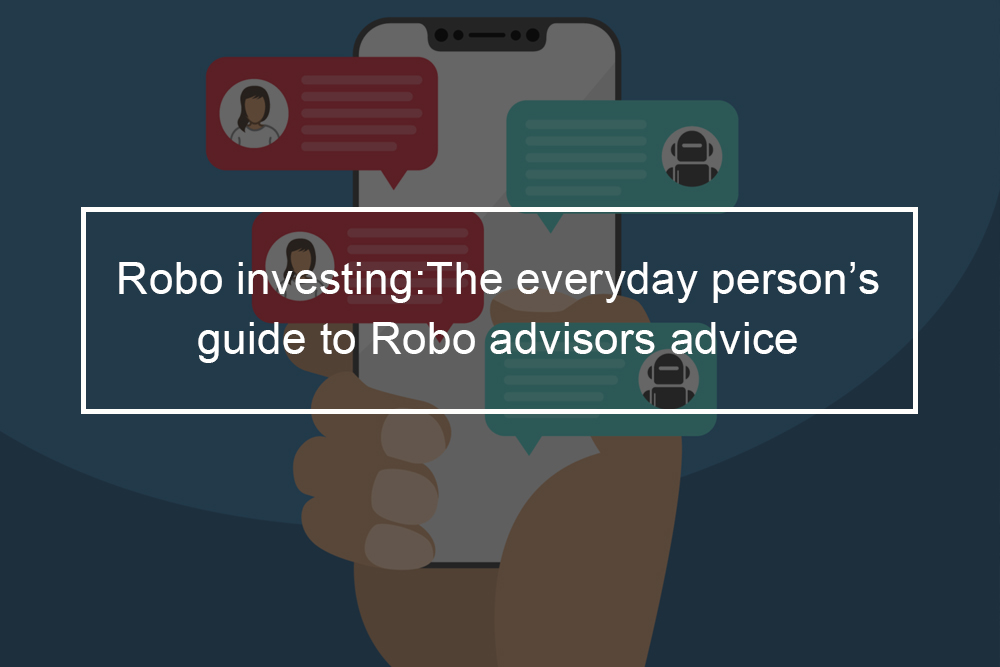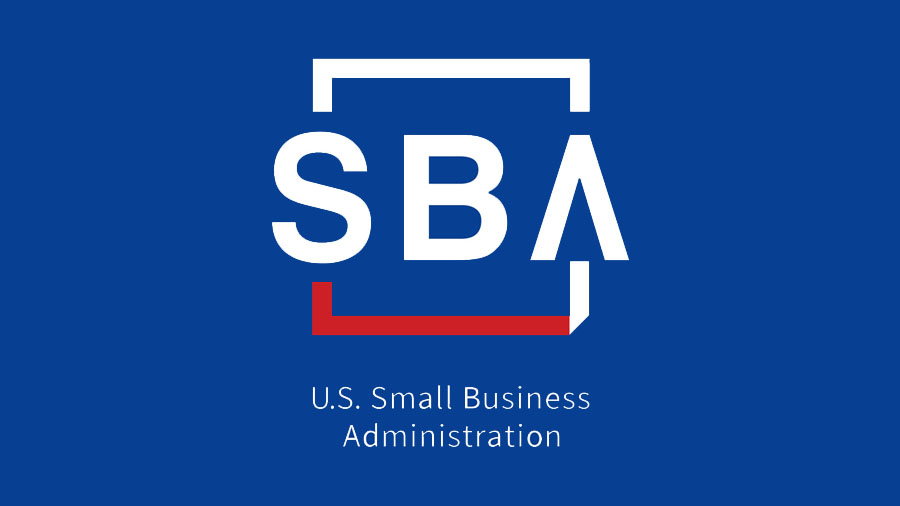
How Robo-advisors work?
Robo-investing is done by handing your money to Robo-advisers. Rather than investing in securities a la carte yourself, you pass the job to a portfolio management organization. That company then allocates, and sometimes even rebalances and tweaks, your assets via an automated process. Sounds complicated? Let’s simplify it for you.
You give the Robo-adviser deets on your risk tolerance and investment goals- that is, how much gamble you will be willing to rake in hopes of hefty returns. A computer algorithm, which is often backed by professional human research, creates an investment portfolio based on your responses.
Based on the particular service, you might or might not have more control over the individual assets you invest in, maybe by selecting a portfolio curated to support organizations with progressive social policies, for instance. However, for the most part, you will sit back and relax, and then allow the company to take care of your headache of investing for you. You will not have to spend hours of anxiety-inducing stock market research.
Robo-advising does come at some expense; these organizations charge a fee for their services. However, since a robot manages your account, the charges are minimal compared to hiring human services. Generally, robots are famous for their tolerance of low wages.
Together with saving you money by deploying automata instead of people, most Robo-advisers double down by investing your funds in asset classes than carrying low expense ratios, like index funds, ETFs, and mutual funds.
This means the charges linked to the assets themselves are minimal. And contrary to building a portfolio on your own using a brokerage account, such as TD Ameritrade, you often don’t have to pay additional cash for trades and commissions; it is built into the Robo-adviser’s maintenance fee.
The main thing is when you hand over your assets for automated investing; you lose some of the flexibility that comes with Do it Yourself for the portfolio. If you are one of those who do not like researching stock marketing, this is not such an issue.
What Robo-advisors cost?
Robo-advisors are much more inexpensive than an a-person human, financial advisor. Most organizations charge between 0.25 percent and 0.50 percent as an annual management fee, even though there are also free alternatives such as Sofi Automated Investing.
As with most financial advisors, fees are paid as a percentage of your assets under the Robo-advisor’s case. For instance, for an account balance of $10,000, you may pay as little as $25 per year. The fee is swept from your account, prorated, and charged quarterly or monthly.
You will not usually pay transaction fees with a Robo-advisor. In a standard brokerage account, you may pay a commission or purchase or sell investments during your portfolio rebalancing and when you withdraw or deposit money. Robo-advisors often waive these fees.
Best Robo-Advisers on the Market
If you decide to try investing with a Robo, you will realize that there are many options. Here is how you determine what Robo-adviser is right for you.
- Type of account: The majority of Robo-advisors manage both individual taxable accounts and retirement accounts. Some also manage trusts, choosing a few will help you manage your 401(k).
- Minimum investment criteria: Some Robo-advisors need $10,000 or more, but most have minimums of $500 or less.
- Portfolio recommendation: Robo-advisors provide between five to ten portfolio choices. The service algorithm will recommend a portfolio depending on your answers to these questions, even though you should manage to veto that recommendation if you would opt for a different option.
- Investment selection: Robo-advisors mostly build their portfolios out of index funds and low-cost exchange-traded funds (EFTs).
Some of the best free and low-cost Robo-adviser services currently in the market
Betterment
By providing a personalized investment portfolio designed to your goals and risk tolerance, Betterment stands out from the other services, focusing on saving your money at tax time.
Together with regular Robo-investing services, Betterment also provides an extensive budgeting and financial management tool, kind of personal capital, and mint- you can sync all of your accounts and get a summary of your net worth in one suitable location.
Betterment has an annual fee of 0.25 percent of assets under management (AUM). The minimum account balance is $0. They also have premium services, which adds unlimited access to advice from certified financial planners.
Wealthfront
Wealthfront mixes Robo-investing with an automated financial planning system that analyzes your linked accounts to assist you in making better spending decisions.
What makes Wealthfront so cool is that their custom financial plans can assist you in getting a sense of exactly your position, whether you are getting ready for saving or retirement for a significant purchase, such as home or college education. The plans will also make sense of how far you need to travel to get to where you are going.
Wealthfront basic service is 0.25% and a minimum account balance of $500. Wealthfront lacks upgrades; however, 0.25% hold on regardless of how large your account balance is. This factors out to just ten cents per month at a minimum balance of $500.
Wealthsimple
Wealthsimple makes the investment process very easy and painless. You can frame up automatic deposits to keep your investment growth, and the basic service includes amped-up functionalities such as dividend reinvesting and automatic rebalancing.
Wealthsimple makes it easy to venture into value-based investing- that is, building a portfolio aligned with your personal values. You can select from curated portfolio options that support sustainable social initiatives even though you do not have hands-on control of the particular ETFs your portfolio is made up of.
Wealthsimple has a basic service of 0.5% and a minimum account balance of $0. It also comes with upgrades, that is if your account is between $100, 000 and $500,000, you will get all the basics plus VIP airline lounge access.
Ellevest
Established by women, Ellevest takes the realities of womanhood into account when developing your portfolio. However, men can also invest in the firm.
Ellevest has the basic service 0.25 percent and a minimum account balance of $0. Premium service is also available to users with an account balance of $50,000 or more and comes with one-on-one access to CFPs and executive coaches for personalized guidance. This service costs 0.5 percent AUM. Ellebvest also provides private wealth management services for an undisclosed price for qualified clients with more than $1 million invested.
SoFi
SoFi comes with automated investing, and you can get started with as little as $1 monthly; however, it is recommended you have a recurring deposit of $20 per month or an initial deposit of $100.
Generally, SoFi’s Robo-adviser is the only one of these articles that is legitimately free. You will also become a SoFi member, which incorporates access to the company’s suite of useful financial products, inclusive of no-fee loan to assist you in building your credit.
SoFi management fee is $0, and while the minimum account balance is $1. Moreover, being a SoFi member comes with great benefits, such as exclusive in-person events and unlimited access to real, live financial planners.
What are the best alternatives to Robo-investing?
Even though there is a lot to like about Robo-investing, trusting your hard-earned money and future to an algorithm may not be a cup of tea to everyone. If you do not prefer Robo-investing, there are other investment strategies to consider.
Building your investment portfolio is always an alternative, particularly given the information accessible on the internet today. Brokerage companies such as TD Ameritrade can get you access to the wide world of the stock market without charging insane charges, and they provide a host of free tools and useful content to make the research procedure more straightforward.
Even though taking matters into your own hands does give you flexibility and might also reduce the cost compared to Robo-advising – it does come with risk. Too much information from Google can give you a kind of confidence that can lead to bigger mistakes.
This is why there is still an argument for hiring human advisers. Together with saving you time, similar to a Robo-adviser, a real live human can factor in stuff that a computer might miss.










